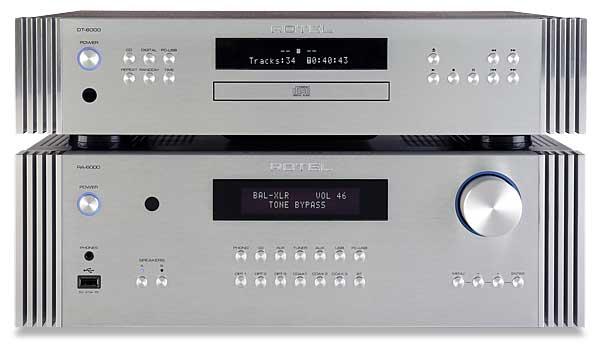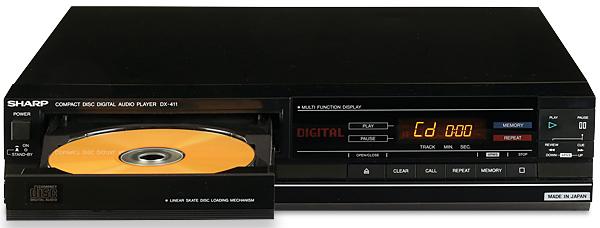Disc Players
Sort By: Post DateTitle Publish Date
|
Jun 01, 2018
|
Nov 11, 2014
|
Nov 23, 2021 |
First Published: Jun 01, 1985
|
Dec 13, 2019
|
Feb 25, 2021
|
Sep 08, 2022
|
May 02, 2025 |
First Published: Apr 01, 2025
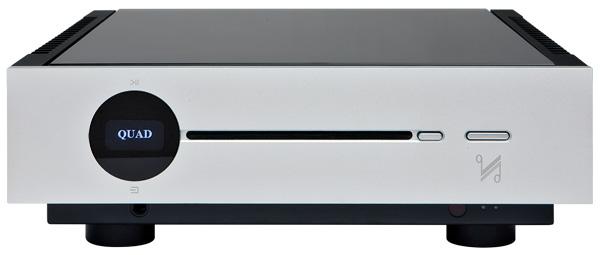
 The company ups the ante by adding a 'just-add-speakers' solution to its Artera series, managing to squeeze streaming alongside CD replay into casework of pert proportions
The company ups the ante by adding a 'just-add-speakers' solution to its Artera series, managing to squeeze streaming alongside CD replay into casework of pert proportions

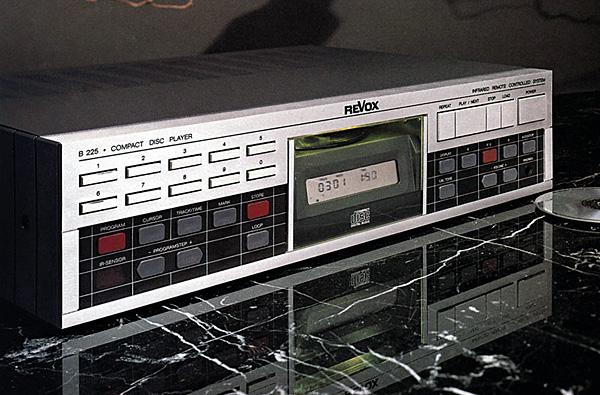
 John Atkinson reviews a high-end CD player from a specialist Swiss brand
John Atkinson reviews a high-end CD player from a specialist Swiss brand
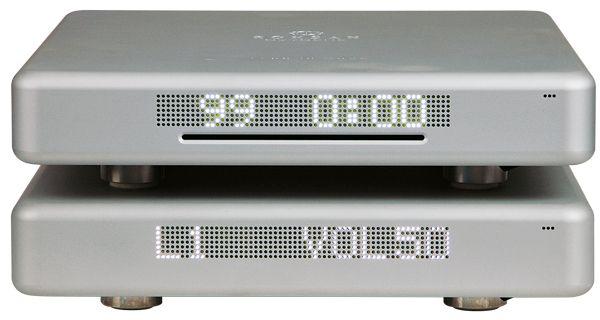

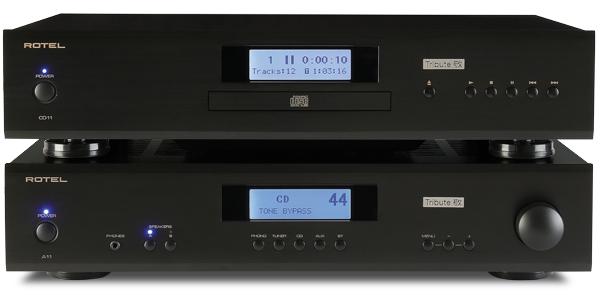
 Without any sense of irony, the man most identified with rival brand Marantz for 40 years is posthumously recognised for his work in 'tweaking' Rotel's budget CD and amp
Without any sense of irony, the man most identified with rival brand Marantz for 40 years is posthumously recognised for his work in 'tweaking' Rotel's budget CD and amp
